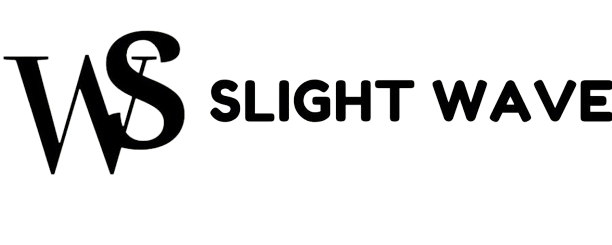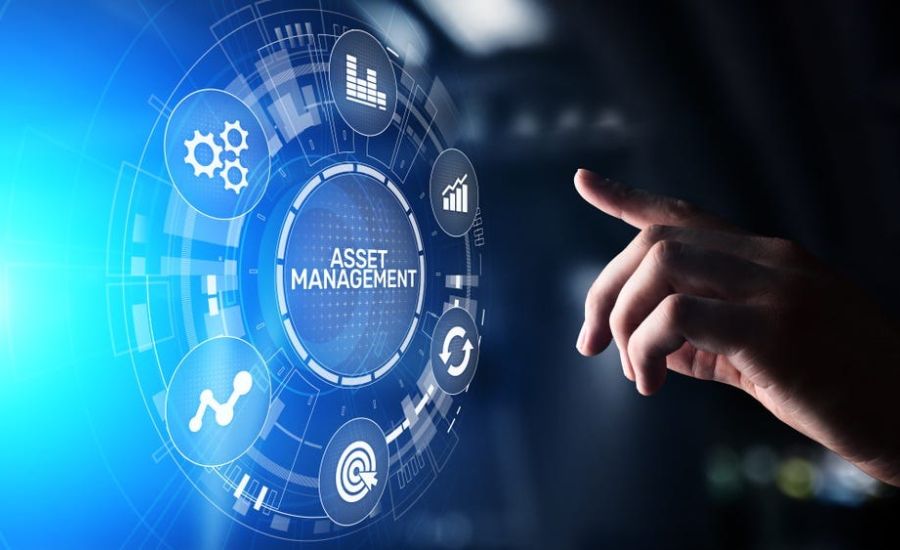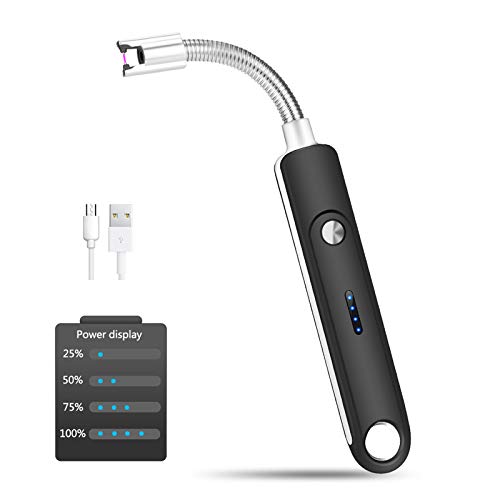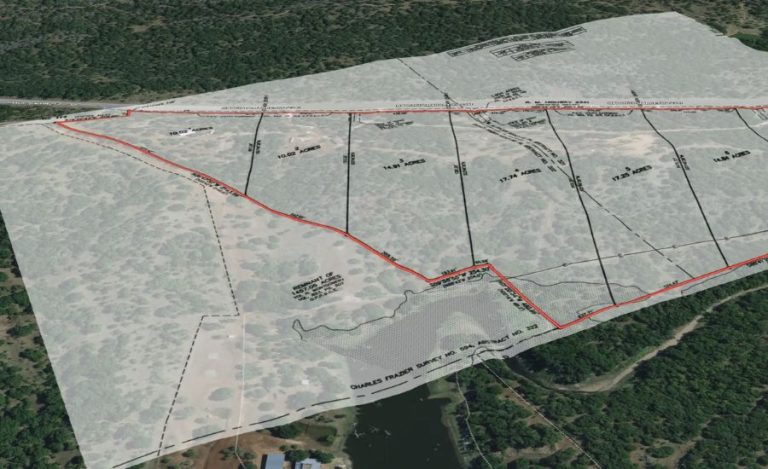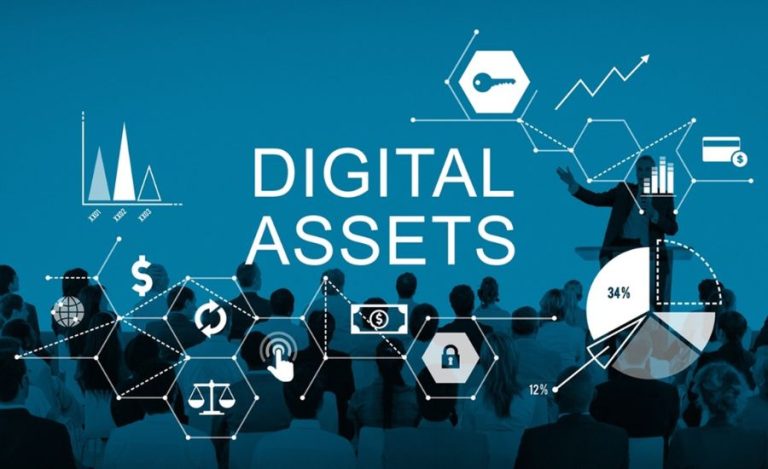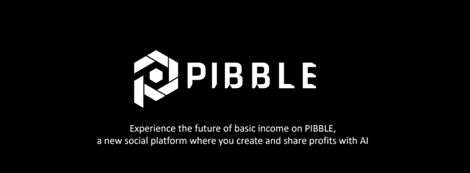Choosing the Right Fixed Asset Management Software: Features to Consider
As businesses grow and expand, so does the need to effectively manage and track their fixed assets. From equipment to vehicles to office furniture, keeping a handle on these assets is essential for smooth business operations and financial accuracy. This is where the right fixed asset management software comes into play. While there are numerous options available on the market, selecting the right one can be a daunting task. In this post, we will explore some key features to consider when choosing fixed asset management software.
Asset Tracking and Management
One of the most important features to consider in fixed asset management software is robust asset tracking and management capabilities. While reading fixed asset management software reviews, the software should provide comprehensive tools to track each asset’s lifecycle, from acquisition to disposal, record its location, assign ownership responsibility, and store important information such as warranties and maintenance records. An intuitive interface that allows users to quickly add or update asset data is also crucial in streamlining operations.
Integration with Other Systems
Efficiency is an essential aspect of any software solution, so it is crucial to choose fixed asset management software that seamlessly integrates with existing systems. The ability to connect with accounting, ERP (Enterprise Resource Planning), procurement, or CRM (Customer Relationship Management) systems allows for easy sharing of data across different departments within an organization. Integration can also eliminate duplicate entries and ensure accurate information flow throughout various processes.
Depreciation Calculation
Depreciation plays a significant role in financial reporting as it accounts for an allocated portion of an asset’s cost over time. A good fixed asset management system will have built-in depreciation calculation functionalities that adhere to accounting standards such as straight-line, declining balance, or sum-of-years digits methods. It should enable users to set up different depreciation schedules based on specific assets’ characteristics while automating calculations accurately and effortlessly.
Reporting Capabilities
When choosing the right fixed asset management software, it’s crucial to evaluate its reporting capabilities thoroughly. The software should offer comprehensive reporting options, including standard reports such as asset registers, depreciation schedules, and financial statements. Customized reporting options that allow users to generate specific reports based on their unique tracking and reporting requirements are desirable elements to consider.
Data Security and Access Control
With sensitive data being stored within the system, it’s vital to prioritize data security and access control when evaluating fixed asset management software. Look for options that offer robust security features, such as role-based access control, encryption capabilities, and audit trails. This ensures that only authorized personnel can access and modify sensitive information while maintaining data integrity throughout the organization.
Scalability
A suitable fixed asset management software should be able to scale with your business needs over time. As your business grows or expands into new areas, the software should accommodate additional assets and users without sacrificing performance or usability. Consider a solution that offers upgrade paths and supports multiple locations if required.
Mobile Compatibility
In today’s mobile-driven world, fixed asset management software that is compatible with mobile devices can greatly enhance productivity and flexibility in managing assets on the go. Look for solutions that offer dedicated mobile apps or web-based interfaces accessible from any device with an internet connection. This allows employees to update asset information or perform maintenance activities even when away from their desks.
Ease of Use and User Experience
While evaluating fixed asset management software, it is essential to consider the ease of use and user experience. The software should have an intuitive interface, allowing users to navigate effortlessly and perform tasks without extensive training or technical expertise. Look for solutions that offer a clean and organized layout with user-friendly controls that enable users to carry out operations quickly and accurately.
Conclusion
Selecting the right fixed asset management software is an important decision for businesses of all sizes. By considering features such as robust asset tracking and management capabilities, integration with existing systems, depreciation calculation functionalities, comprehensive reporting options, data security measures, scalability, mobile compatibility, and ease of use, organizations can find a solution that meets their specific needs.
It is recommended to thoroughly evaluate multiple options by assessing demos or engaging in product trials to ensure compatibility with business requirements. Ultimately, choosing the right fixed asset management software can streamline operations, improve accuracy, lower costs associated with manual tracking methods, and enable better financial decision-making and compliance.
